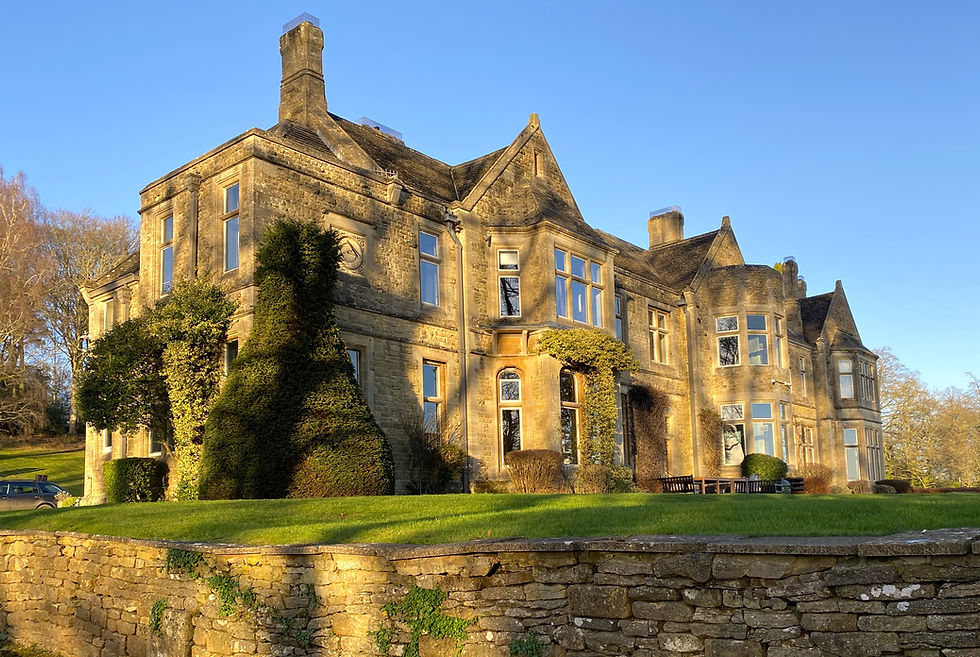The Lost Village of Dode
- Lucy Jarvis
- Aug 19, 2020
- 2 min read
Updated: Sep 9, 2020
By Sara Davidson BSc MSc IHBC
Sense of place is often a topic of discussion in the heritage consultancy industry, especially when dealing with proposals affecting the setting of a listed building. So proposals for the construction of a modern interpretation of a Neolithic long barrow within the setting of a grade II* listed medieval church may seem like it has little to do with that concept. But that is exactly what HCUK just helped secure within the intriguing Lost Village of Dode.

While no longer in Christian use, and following two phases of comprehensive restoration, the church continues to be used as a place of spirituality, with rites of passage such as handfasting, naming ceremonies and memorials. Referencing back to the sacred nature of the site and its likely Pagan origins, a stone circle was created in the grounds of the church during the early 21st century.
The special architectural and historic interest of the church primarily relate to its 12th century fabric. However, the church’s communal and spiritual values are palpable and form a strong component of its heritage significance and much of this is to do with the site’s owner, Doug Chapman, and his commitment to keeping Dode alive as a place of celebration and spirituality.
The siting of the church within an enclosed, wooded and secluded valley responds to and reflects the building’s spiritual value and historic interest, allowing the structure to be appreciated in a tranquil context which is evocative of its historic surroundings for several hundred years at least. There are few visual or auditory disturbances present. While not a historic element of the site, or related to its past Christian activities, the stone circle creates a sense of place within the site and references its longstanding sacred nature and Pagan origins.
Recent (and now consented) proposals entailed the provision of a columbarium (for the interment of urns) adjacent to the stone circle in the form of a Neolithic long barrow, partly sunk into the undulating topography of the grounds of the grade II* listed Dode Church.
While an unusual feature within the setting of a medieval church, the structure reflects the current use of the church as a place of celebration and memorial for the cycle of life. It facilitates a better understanding of the site’s earlier religious origins and the historic function of the church, and it undoubtably complements and enhances the sense of place sense of place already established on the site. This was reflected by Tonbridge and Malling Borough Council approving the application, which also received a supportive assessment from Historic England and numerous local residents.
The work of heritage consultants is often so much more than effect on fabric or changes to views. It’s often about being involved in the continued use and longevity of significant places. Getting it right, especially when dealing with highly graded assets, is of the utmost importance both to the assets themselves but also to future generations who will hopefully cherish and protect these special places as we do. As one of the supportive application comments noted of the Lost Village of Dode, you can “feel its history oozing from the place like a balsam” and it is that sense of place that we must persevere to safeguard.
.png)



Comments